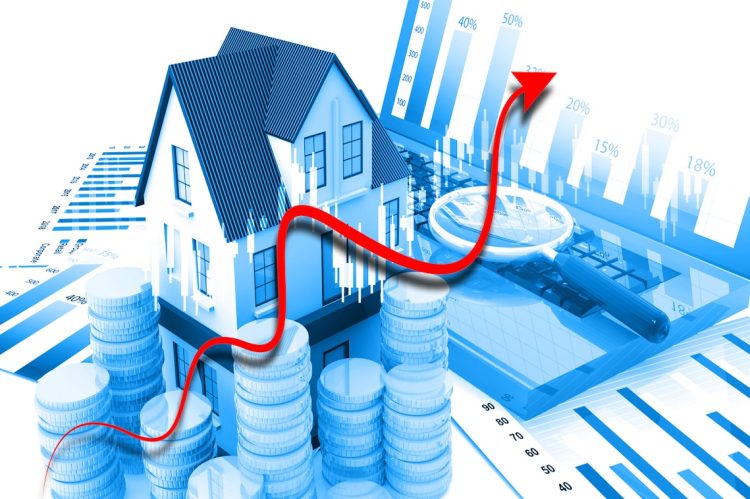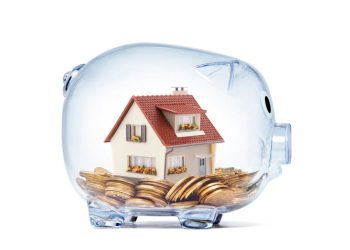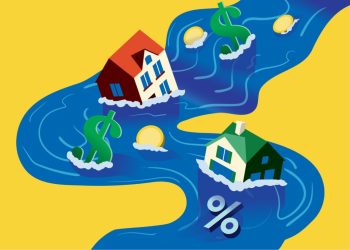The housing market continued to cool in July, with home prices posting yet another weak annual increase, according to the latest S&P Cotality Case-Shiller National Home Price NSA Index released Tuesday.
The July 2025 edition of the report indicated that home prices have increased 1.7% year-over-year, down from June’s 1.9% pace.
The pace of home price appreciation over the past few years “is unsustainable,” Bright MLS Chief Economist Lisa Sturtevant said in a statement.
“The Case-Shiller Index shows that home prices have risen by more than 50% over the past five years. High home prices have priced many buyers out of the market,” Sturtevant said. “Over the past few months, home sales have been driven by buyers at the higher end of the market, as those buyers are feeling more economically secure than more moderate-income buyers.”
Realtor.com® Senior Economist Anthony Smith echoed Sturtevant’s statement.
“This marks one of the softest year-over-year gains in recent memory and falls below the 2.7% increase in consumer prices, signaling a real-terms decline in home equity for the third consecutive month,” Smith said in a statement. “Nationally, prices also declined month-over-month for the second straight time after seasonal adjustment, highlighting a broader deceleration even during what is typically peak buying season.”
Head of Fixed Income Tradables and Commodities at S&P Dow Jones Indices, Nicholas Godec, described these rates as a “far cry” from the double-digit gains from two years ago.
“This is one of the weakest annual price increases in the past decade—and notably, it’s below the 2.7% rise in consumer prices over the same period. In other words, U.S. home values have essentially stagnated after inflation, marking the third straight month of real housing wealth decline for homeowners,” he said. “What’s keeping price growth barely in positive territory at all is the rebound we saw earlier in 2025 offsetting a soft patch in late 2024.”
Breaking it down geographically, New York leads the way with the highest annual gains at a 6.4% annual gain, followed by Chicago at 6.2% and Cleveland at 4.5%.
Boston and Detroit also posted increases in the 4% range, underscoring the trend of many Northeastern and Midwestern markets showing modest growth during the pandemic, but now outpacing the rest of the country.
Focusing on the Sun Belt and West Coast markets, Tampa’s prices were down 2.8% year-over-year—the weakest of all 20 cities analyzed—and Phoenix slipped to -0.9%.
Miami, which maintained year-over-year gains through the spring, has now fallen 1.3% on an annual basis. Las Vegas, which saw annual gains exceeding 25% at the height of the pandemic boom, has decelerated dramatically to just 1% growth.
High-cost markets on the West Coast continued to struggle: San Francisco is -1.9% year-over-year, San Diego is -0.7%, and Los Angeles is essentially flat at 0.2%.
Sturtevant also noted that as usual, price gains are a regional affair, noting that inventory is the primary driver of disparities, with the Northeast propped up by lower housing supply and metros in the South and West having a relative abundance of homes.
“Looking ahead, the housing market appears to be settling into a new, more measured equilibrium,” Godec concluded. “The era of 15% – 20% annual home price jumps is behind us, and in its place we’re seeing growth rates closer to overall inflation—or even a bit below it.”
For more information, see the full report.












